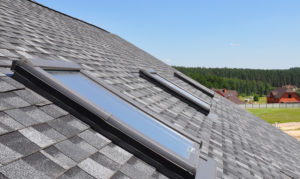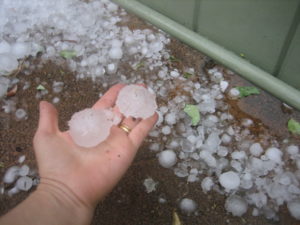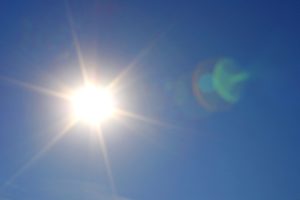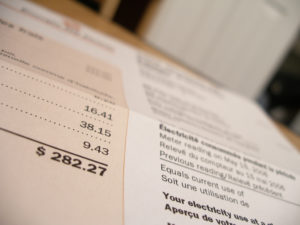Do you have a skylight on your roof? Chances are that if you don’t, you know someone who does. And even better chances are that that person, maybe you, who has the skylight complains of the skylight leaking and the maintenance required for its upkeep.
Skylights were very popular for a season. Many builders and contractors boasted of their homes’ features including skylights. After all, a skylight can add extra light and personality to a space. However, skylights are less than stellar when it comes to leaks, damages, light control, and energy efficiency in your home.
1. Skylight Leaks
Even though a skylight offers natural light and openness to a space, they are notorious for leaking. When installed, the flashing and air-tight seals were secure and ready to stand up against the strongest wind, rain, hail, and any other type of element a roof faces each year.
Flashing Damages

However, over time, the sealing and flashing can become damaged and hardly effective in stopping water from sneaking in to your home causing major damage to sheetrock, paint, and everything in between. No good.
The newer skylights on the market have a better reputation for standing up against leaks in comparison to the original, older skylights that were installed on multiple homes in the area.
It’s not the end of the world if you are a homeowner with an older model skylight installed. A good idea, however, is to have it checked out by a professional to make sure that the sealing and flashing are in good condition going forward.
If you are proactive instead of reactive in this situation, you can potentially save a lot of time and money in restoration and repairs of the interior of your home in the future.
2. Skylight Damages
As you know, a roof sees and endures a lot during a calendar year. Rain, snow, wind, hail, and a multitude of other situations caused by the Mother Nature. Just as a shingle or metal roof sees some minor or even extensive damages at times, you can guarantee that your skylight will as well.
Skylight Vs. Mother Nature
For example, aside from rain, hail storms can wreak havoc on a skylight. Depending on the quality of the skylight and the size of the hail, you could see cracks and breaks in your skylight during stormy seasons.

Aside from hail storms, wind storms can cause damages to a skylight as well. The obvious risk is that a skylight typically sets up above the rest of your shingles or metal roofing. The other risk of damages during a wind storm is derived from flying objects that may hit the skylight including sticks, other pieces of shingles or siding, or just about anything else that can take flight during a nasty storm.
So aside from the monetary damages to your wallet, your family could be at risk of having glass or debri fall through the ceiling and into your living space. Once again, no good!
3. Skylight Placement
While a skylight may help with makeup application or when reading a book, it doesn’t seem nearly as useful when you’re trying to sneak in a quick afternoon nap in the dark! Plus, they don’t exactly make gravity-resistant curtains to hang 8-10 feet above your head to cover the skylight. And if you place a tint over the skylight, it defeats the purpose of having the skylight in the evening or early morning hours when it comes in handy.
Placement Is Key

Yes, a skylight, if placed correctly, can eliminate the need for other lighting fixtures and can bring a natural warmth to a room. However, if it is installed in a place on your ceiling that is not optimal for the room, you may have to deal with a glare that you didn’t account for and light where and when you don’t necessarily want light.
4. Skylight Energy Loss
Who doesn’t like to keep their electrical bill as low as possible? Well, skylights can negatively affect your electric bill in the extremely hot and extremely cold months. If you have a skylight, this may be no new revelation to you.
Fluctuating Electric Bills

For example, the extra sunlight that the skylight lets into your home raises the temperature of the room significantly over a day’s time. During the summer, this can cause your air conditioner to work overtime to keep the temperature regulated throughout your home.
During the winter months, a skylight may not hold in the warm heat that your heat pump or gas fireplace is putting out. In fact, a substantial amount of heat can potentially be lost through a skylight, causing the bottom number on your electric bill to rise. Heat rises, and when it does, it goes right out your skylight.
Moreover, the National Fenestration Rating Council said that skylights can potentially cause a building’s interior temperature to “fluctuate by over half of the difference between the exterior temperature.” Yikes!
So regardless if you are building a home and are considering installing a skylight or if you have purchased a home with a skylight and you are seeking out help for your problem, be sure to make informed decisions and be sure to have a professional keep an eye on your skylight(s) to avoid potential damages in the future.
If you are in need of someone to come out and inspect your skylight(s) and your roof, we can help! Give us a call, and one of our professional team members will be out to take a closer look. Best of all, there’s no charge for an inspection! Check us out today!